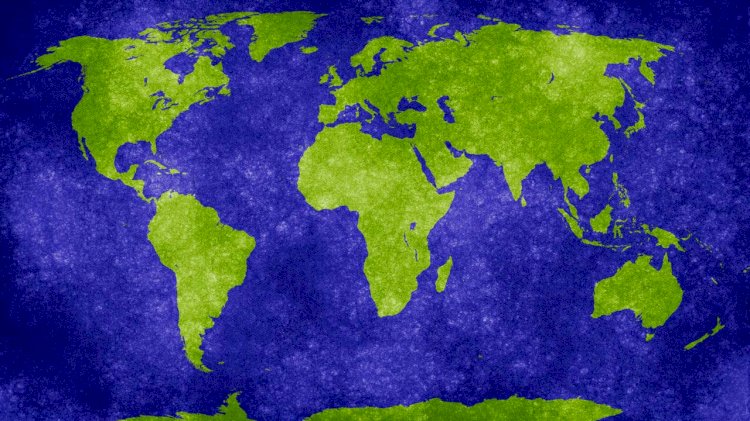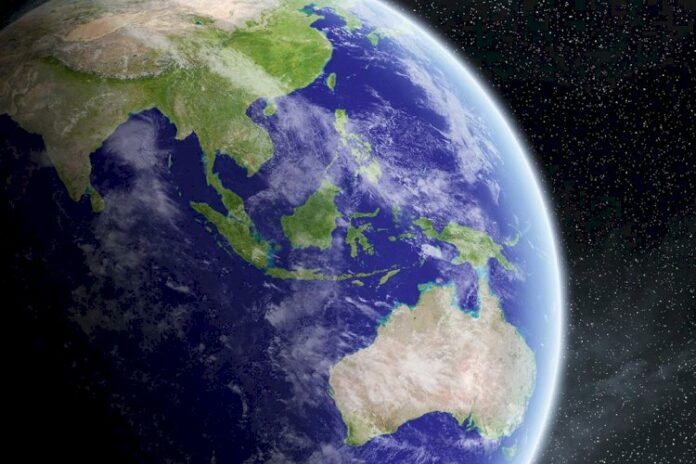The Nippon Foundation-GEBCO Seabed 2030 Project, which aims to facilitate the complete mapping of the global ocean floor by 2030, has announced the inclusion of 14.5 million square kilometres of new bathymetric data in the latest GEBCO Grid.
Coverage of the seabed has risen from 15 per cent to 19 per cent in the last year. When Seabed 2030 was launched in 2017, only six per cent of the oceans had been mapped to modern standards.
The effort to complete the map of the world’s oceans has gathered significant momentum since its launch, with Seabed 2030 rallying over 100 international organisations in support. The Project now has 133 official partners, contributors and supporters – and continues to pursue new collaborations in data collection and technical innovation.
Jamie McMichael-Phillips, Seabed 2030 Project Director, said:
“The sustained increase in data available to map the ocean floor will enable Seabed 2030 to play a leading role in delivering a comprehensive set of authoritative data that is freely available for all to use. This is a leap forward towards achieving our mission, by the year 2030, to empower the world to make policy decisions, use the ocean sustainability and undertake scientific research based on detailed bathymetric information of the Earth’s seabed.”

The Chairman of The Nippon Foundation, Mr Yohei Sasakawa, recently announced three initiatives that need further collaborative activity in accelerating the mapping of the ocean floor – these include supporting the mapping of unexplored areas, collecting data through crowdsourcing, and advancing technology for data collection.
A complete map of the world’s ocean will facilitate a heightened understanding of fundamental processes including ocean circulation, weather systems, sea level rise, tsunami wave propagation, tides, sediment transport, benthic habitat distributions and climate change.
It will also be a key enabler of other deliverables under Sustainable Development Goal 14, to conserve and sustainably use the oceans – all of which echo the goals of the UN Decade of Ocean Science for Sustainable Development.



